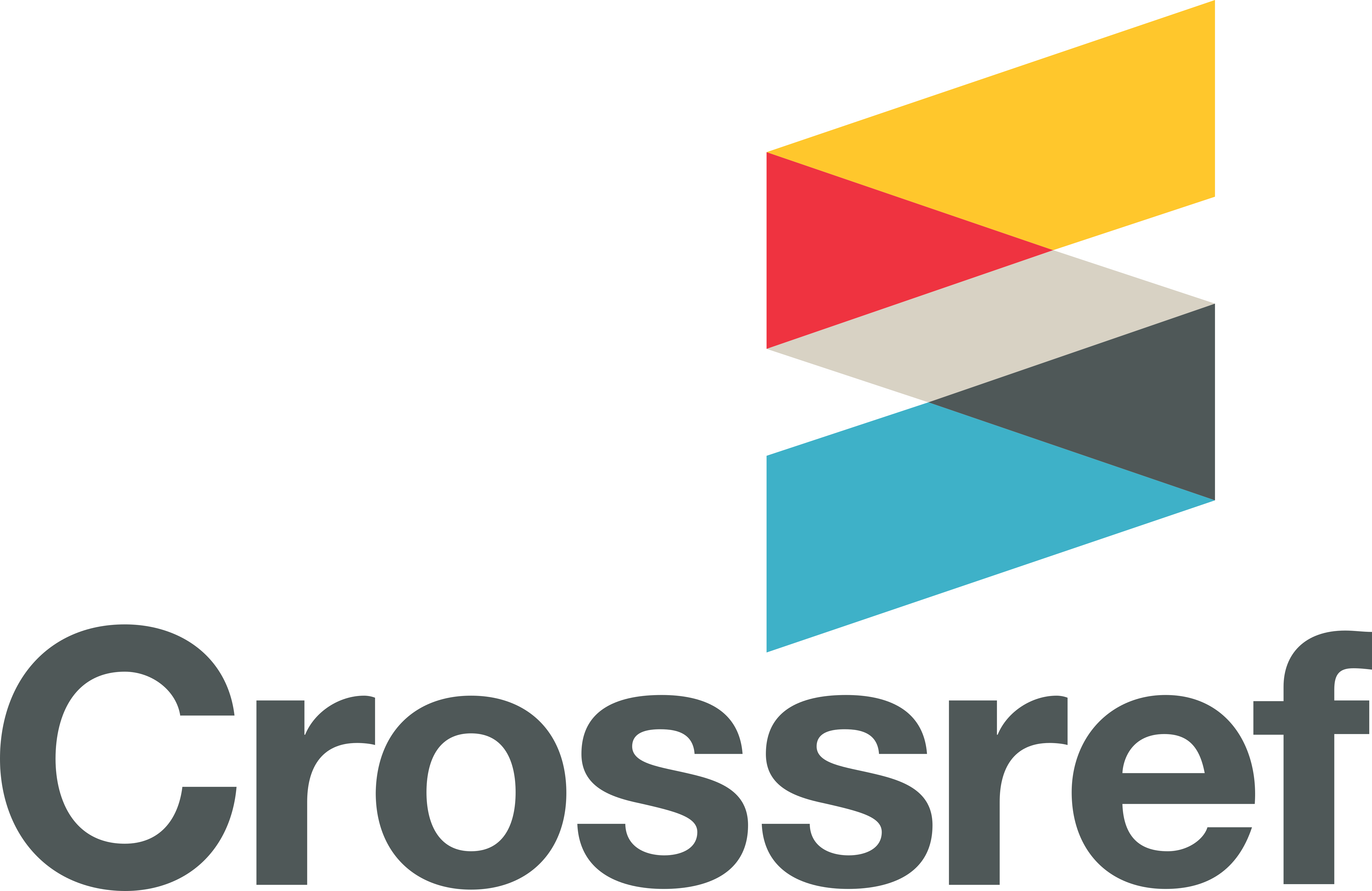Influence Planning and Budgeting Activities on Organizational Performance at Denpasar Bali City Government Bureau
DOI:
https://doi.org/10.53947/tspj.v1i1.66Keywords:
planning, activity budgeting, Denpasar Bali City Government Bureau, quantitative method, organizational performanceAbstract
This study aimed to determine the effect of the Planning and Budgeting Activity variables on Organizational Performance at the Denpasar Bali City Government Bureau. Formulation of the problem in the research, namely whether there is an effect of planning and budgeting activities together on organizational performance at Denpasar Bali City Government Bureau. The research method uses a survey with a quantitative correlational approach with a saturated sampling technique. In this study, the number of samples was 37 respondents. Based on the results of the research that has been done, it can be concluded that from the results of the discussion and research, namely: The results of the joint analysis of the influence between planning and budgeting activities on organizational performance conclude that the effect shown by the correlation coefficient r of 0.831 is a very strong positive correlation.
References
Alain, A. M. M., & Melegy, M. M. A. H. (2017). Program and Performance Budgeting System in Public Sector Organizations: An Analytical Study in Saudi Arabian Context. International Business Research, 10(4), 157. https://doi.org/10.5539/ibr.v10n4p157
Bashaer, A., Singh, S., & Sherine, F. (2016). Determinants of organizational performance: a proposed framework. International Journal of Productivity and Performance Management, 65, 844–859. https://doi.org/10.1108/IJPPM-02-2016-0038
Conţu, E. (2020). Organizational performance – theoretical and practical approaches; study on students’ perceptions. Proceedings of the International Conference on Business Excellence, 14, 398–406. https://doi.org/10.2478/picbe-2020-0038
Creswell, J. W. (2013). Qualitative inquiry & research design: Choosing among five approaches. In Sage (1st ed.). Pustaka Pelajar, Indonesia.
El Dahshan, M., Ismail Keshk, L., & Dorgham, L. S. (2018). Talent Management and Its Effect on Organization Performance among Nurses at Shebin El -Kom Hospitals. International Journal of Nursing, 5(2), 108–123. https://doi.org/10.15640/ijn.v5n2a10
Farr, J., Hacker, J. S., & Kazee, N. (2006). The policy scientist of democracy: The discipline of Harold D. Lasswell. American Political Science Review, 100(4), 579–587. https://doi.org/10.1017/S0003055406062459
Gulpenko, K., Tumashik, N., Filiasova, Y., & Ritman, N. (2017). Budgeting fundamentals analysis for the purposes of organizational budgetary policy development. MATEC Web of Conferences, 106, 8102. https://doi.org/10.1051/matecconf/201710608102
Hanida, R. P., Irawan, B., & Syamsurizaldi, S. (2015). the Analysis of Planning and Budgeting Policy for Making More Significant Local Government Planning Policy in Indonesia. IJASOS- International E-Journal of Advances in Social Sciences, 1(2), 287. https://doi.org/10.18769/ijasos.81928
Ishtiaq, M. (2019). Book Review Creswell, J. W. (2014). Research Design: Qualitative, Quantitative and Mixed Methods Approaches (4th ed.). Thousand Oaks, CA: Sage. English Language Teaching, 12(5), 40. https://doi.org/10.5539/elt.v12n5p40
Mohammadpour, B., Pahlevani, M., Makhdoomi Kaviri, S., & Jain, P. (2016). Advanced slip mode frequency shifts islanding detection method for single-phase grid-connected PV inverters. Conference Proceedings - IEEE Applied Power Electronics Conference and Exposition - APEC, 2016-May(2), 378–385. https://doi.org/10.1109/APEC.2016.7467900
Özdem, G. (2011). An analysis of the mission and vision statements on the strategic plans of higher education institutions. Kuram ve Uygulamada Egitim Bilimleri, 11(4), 1887–1894.
Popova, V., & Sharpanskykh, A. (2010). Modeling Organizational Performance Indicators. Information Systems, 35, 505–527. https://doi.org/10.1016/j.is.2009.12.001
Ramdany, & Yadiati, W. (2018). Budgetary discipline & factors that influence it: Study case in Ministries of Indonesia. Risk Governance and Control: Financial Markets & Institutions, 8, 49–58. https://doi.org/10.22495/rgcv8i1art5
Risdwiyanto, A. (2017). High-Performance Organization untuk Menghadapi Turbulensi Lingkungan Bisnis. Jurnal Maksipreneur: Manajemen, Koperasi, Dan Entrepreneurship, 7, 73. https://doi.org/10.30588/jmp.v7i1.324
Stevcevska-Srbinoska, D. (2018). The Advantages of Budgets: A Survey of Macedonian Legal Entities. Business and Economic Research, 8(2), 33. https://doi.org/10.5296/ber.v8i2.12266
Taiwo, A., Lawal, F., & Agwu, E. (2016). Vision and Mission in Organization: Myth or Heuristic Device? The International Journal Of Business & Management, 4, 127.
Wargadinata, E. (2017). The Quality of Public Organization Performance Measurement. Sosiohumaniora, 19. https://doi.org/10.24198/sosiohumaniora.v19i2.11497
Downloads
Published
Versions
- 2021-09-16 (3)
- 2021-09-15 (2)
- 2021-09-13 (1)
How to Cite
Issue
Section
License
Copyright (c) 2021 The Social Perspective Journal

This work is licensed under a Creative Commons Attribution-ShareAlike 4.0 International License.










